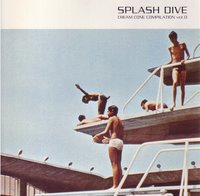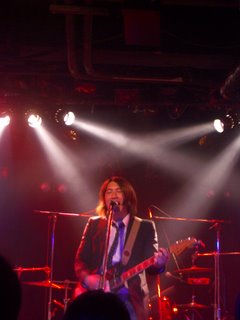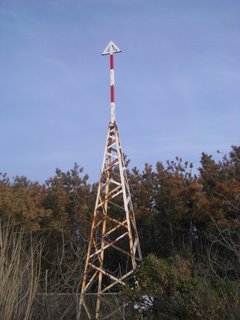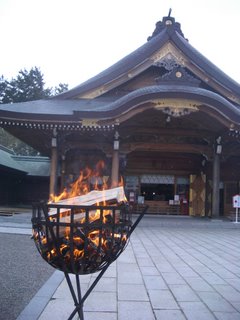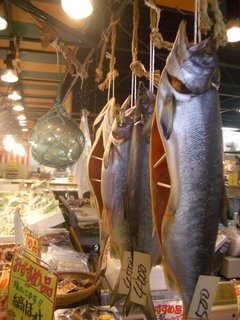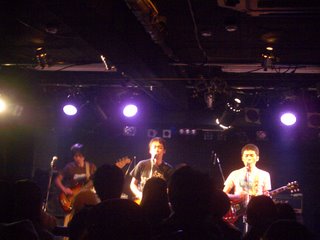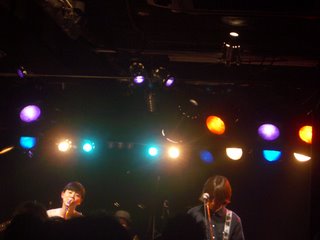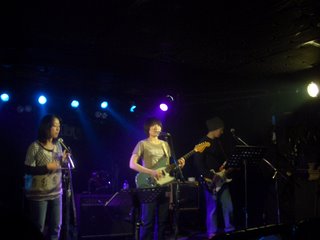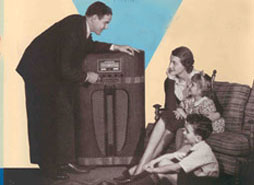
I’ve been adding about a dozen songs at a time to
Japan Live Radio’s playlist, and taking out a dozen tunes at the same time, and now the playlist contains completely different music from when I started.
Although I’m an utter amateur at this, I’ve had fun. A couple of people have even rated my radio their favorite, which is flattering (and quite undeserved, honestly, considering all the radio stations out there where people put in real work, but more on that later…).
Live 365 is an American system, and being American it’s obsessed with ratings. So, you can rate each radio station you listen to, and you can also give a thumb’s up or down to each song you across.
Seeing how people rate the songs I play on Japan Live Radio has been fascinating, and in some ways mystifying, and even, disconcerting. It made me see why Top 40 radio ends up broadcasting songs like they do: people like flashy, short, easy-to-understand songs with some sort of twist. With some songs I could see why people wouldn’t like them, because they are long, eccentric, raw, etc. etc. But with others, I just couldn’t understand where people are coming from. For example,
Judy and Mary’s “Lollipop” was rated pretty low. How could anyone not like “Lollipop”??
I personally like every single song I play on the radio. When a great tune I’d forgotten about comes on my iPod on shuffle mode, I make a note to include it in the radio later on.
Right now, the playlist usually contains about four hours worth of music. I was looking through Live 365’s bulletin board, and I read that hardcore broadcasters often have several playlists of dozen hours or more, and they spend hours each day putting these lists together. Not me…I just wouldn’t have the time. I’m not sure if sometimes people end up listening to the same sequence of music listening to my radio at different times, and if they do, whether that gets them bored. If they do and it does, I’m not sure what to say, except, maybe you ought to also listen to some of the other stations? I’ve found some great stations that play music I would usually never listen to, like salsa, exotica (Tiki lounge music), Bollywood soundtracks, and so on.
The playlist now on the air includes several cool post-Shibuya-kei electro pop acts such as Cubismo Grafico Five, Yukari Fresh and PineAM. I’m not allowed to publish the current playlist, but below is the historic first Japan Live Radio playlist, which was pretty girl pop heavy. If you missed any songs that you wanted to listen to, or you want to listen to a song again, let me know, and I’ll stick it back on the playlist:
FIRST JAPAN LIVE RADIO PLAYLIST1. advantage Lucy – Splash
2. Spangle call Lilli line – U-Lite
3. MissWonda – Ageha
4. Supercar – Storywriter
5. Qypthone – Something Valuable In me
6. Clammbon – Pan To Mitsu Meshiagare
7. Swinging Popsicle – Something New
8. Plectrum – Don’t Tell Me A Lie
9. The Automatics – Secrets
10. The Kitchen Gorilla – Sensation
11. Jimmy Pops – Ballroom Riot
12. Mix Market – Going My Way
13. Teeny Frahoop – She Is Baby Panda
14. Lucy Van Pelt – Christina
15. Lost In Found – Radio 24
16. Cymbals – Do You Believe In Magic
17. Tornado Tatsumaki – Atom
18. 4 Bonjour’s Parties – Il Cortile Grigio
19. Gomes The Hitman – Tokyo Gozen Sanji
20. Hartfield – Strangers When We Meet
21. Plectrum – Cherry Boy 1994
22. Orange Plankton – Mizuumi
23. Swinging Popsicle – Satetsu No Tou
24. The Automatics – Yesterday’s Children
25. The Clicks – Magic Of White
26. Teeny Frahoop – Inside Of Theatre
27. The Kitchen Gorilla – O.K.
28. Orange Plankton – Atama No Uchu
29. Hartfield – 16 Lovers’ Rain
30. Misswonda – Arabesque
31. Spangle call Lilli line – sss-urp
32. Tornado Tatsumaki – Best Tight Tricolor
33. Comeback My Daughters – Seasons And Silence
34. Contrary Parade – Happy End
35. Gomes The Hitman – Te To Te, Kage To Kage
36. Orange Plankton - Yofukesugi
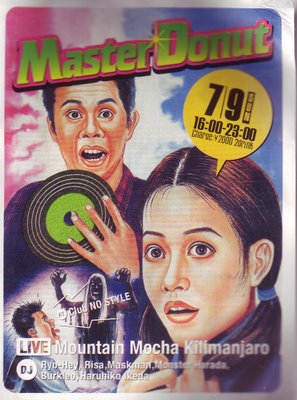
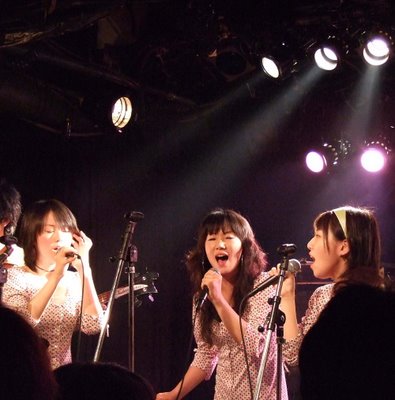








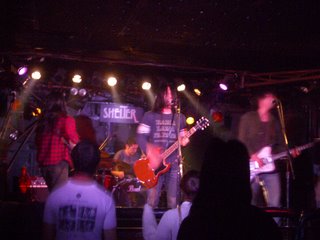



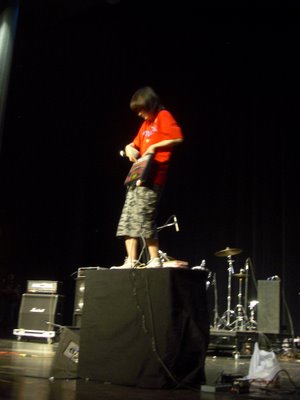
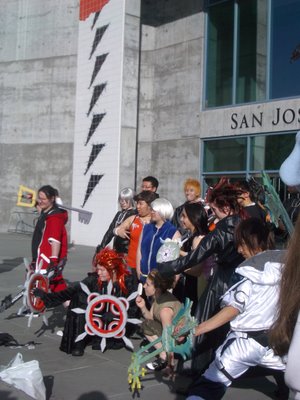


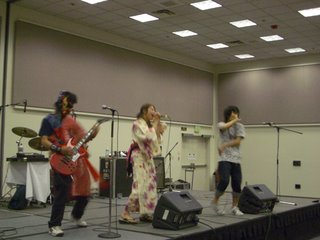

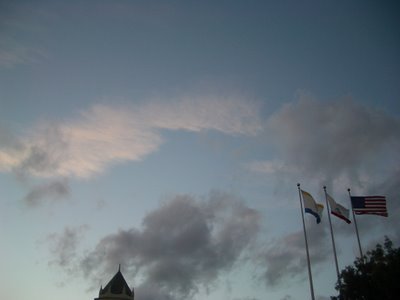
 When Japanese indie record labels like
When Japanese indie record labels like 